Why More People Choose Wheat Straw Tableware Today?
In recent years, the global movement toward sustainability has reshaped consumer preferences, especially in the realm of everyday products. Among the most notable shifts is the growing popularity of Wheat Straw Material Tableware. Once considered a niche alternative, this eco-friendly option is now becoming a mainstream choice for households, restaurants, and event organizers alike. But what exactly is driving this trend?
A Sustainable Solution to Plastic Waste
One of the primary reasons more people are turning to Wheat Straw Material Tableware is its environmental benefit. Unlike traditional plastic tableware, which can take hundreds of years to decompose, wheat straw products are biodegradable and compostable. Made from the leftover stalks of wheat plants after harvest, this material repurposes agricultural waste that would otherwise be burned or discarded. This not only reduces air pollution but also contributes to a circular economy by transforming waste into useful products.
Moreover, Wheat Straw Material Tableware typically decomposes within three to six months under industrial composting conditions, making it a practical solution for reducing landfill waste. As consumers become more aware of the environmental impact of their choices, the appeal of compostable tableware continues to grow.
Health and Safety Advantages
Another compelling reason for the rise in popularity of Wheat Straw Material Tableware is its safety profile. Unlike some plastic products that may contain harmful chemicals like BPA or phthalates, wheat straw tableware is generally free from toxins and is FDA-approved for food contact. Studies have shown that wheat straw products release significantly fewer toxins than other materials, including bamboo-melamine composites. This makes them a safer choice for families, especially those with young children.
Additionally, Wheat Straw Material Tableware is microwave-safe and dishwasher-friendly, adding to its convenience and practicality for daily use. These features make it an attractive option for both home and commercial use.
Cost-Effectiveness and Accessibility
While sustainability and safety are key drivers, the affordability of Wheat Straw Material Tableware also plays a significant role in its growing adoption. Compared to other eco-friendly alternatives like bamboo or sugarcane bagasse, wheat straw products are relatively inexpensive to produce and purchase. This makes them accessible to a broader range of consumers, from budget-conscious families to large-scale catering businesses.
Furthermore, the earthy and natural appearance of Wheat Straw Material Tableware adds a touch of eco-conscious style to any table setting, enhancing its appeal without compromising on functionality.
Real-World Impact and Adoption
The practical benefits of Wheat Straw Material Tableware are not just theoretical—they are being demonstrated in real-world applications. For instance, the 2023 Hangzhou Asian Games used wheat straw products as part of their sustainability initiative, significantly reducing plastic waste during the event. Similarly, a California-based restaurant chain reported increased customer satisfaction and reduced waste disposal costs after switching to wheat straw dinnerware.
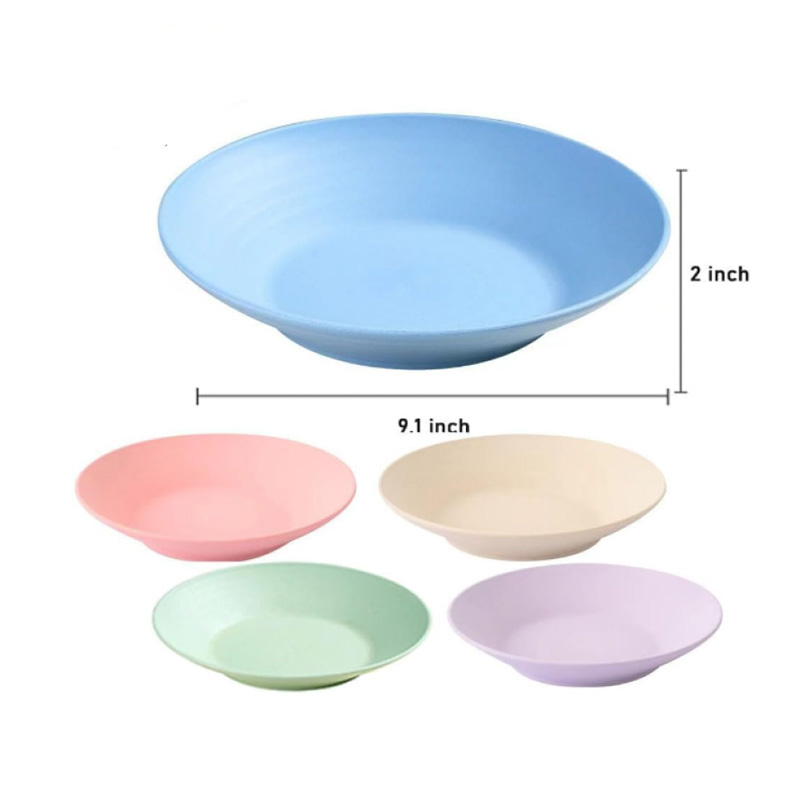
Educational institutions are also embracing this change. A university that integrated Wheat Straw Material Tableware into its dining services used the opportunity to teach students about sustainability, further reinforcing the material’s positive impact.
Looking Ahead
As technology advances, the durability and compostability of Wheat Straw Material Tableware are expected to improve even further. Researchers are exploring ways to enhance its strength and make it suitable for home composting, which would broaden its environmental benefits. With growing consumer awareness and continued innovation, wheat straw products are poised to play a significant role in the future of sustainable dining.
In conclusion, the increasing preference for Wheat Straw Material Tableware is driven by a combination of environmental responsibility, health safety, affordability, and practical functionality. As more individuals and organizations seek to reduce their ecological footprint, this biodegradable and renewable alternative offers a promising path toward a more sustainable future."
Hot Products
-
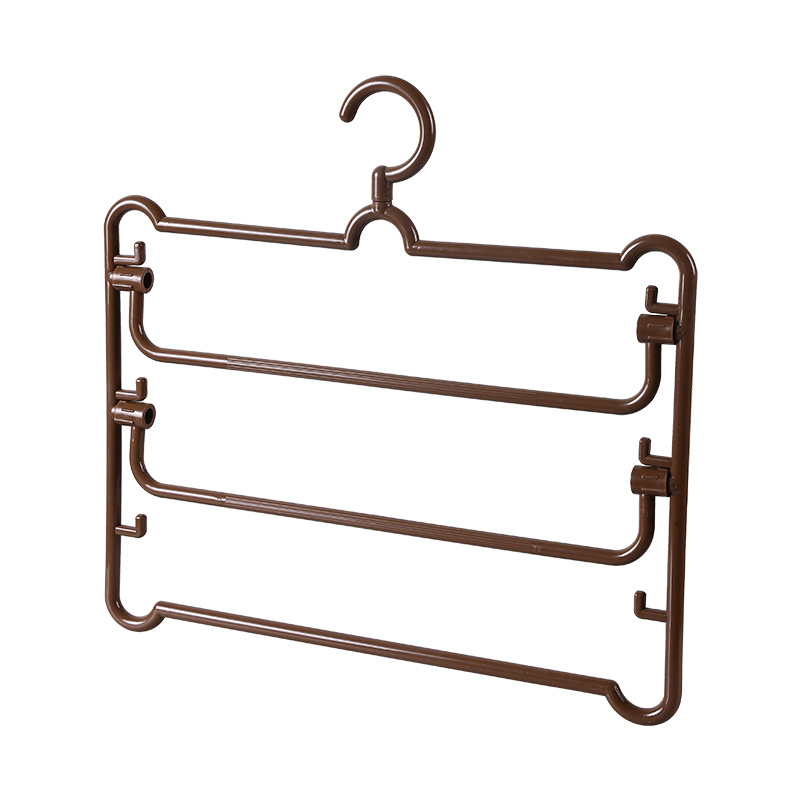
Plastic Pants Hanger (3 Bars)
-
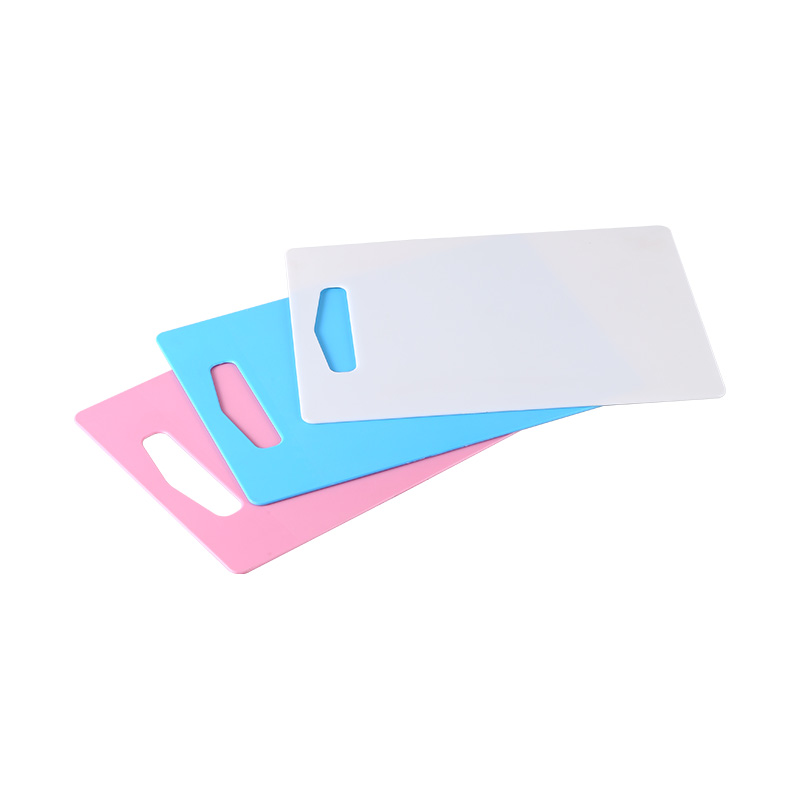
Plastic Chopping Board Food Cutting Block Mat Tool
-
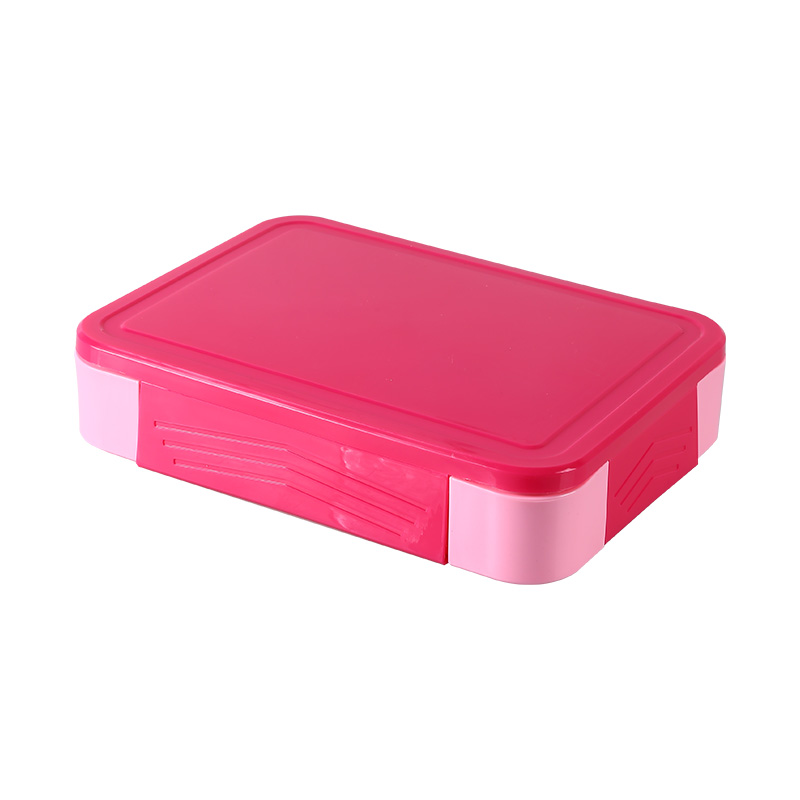
Food Storage Container For Adult Kids All-In-One Lunch Box
-
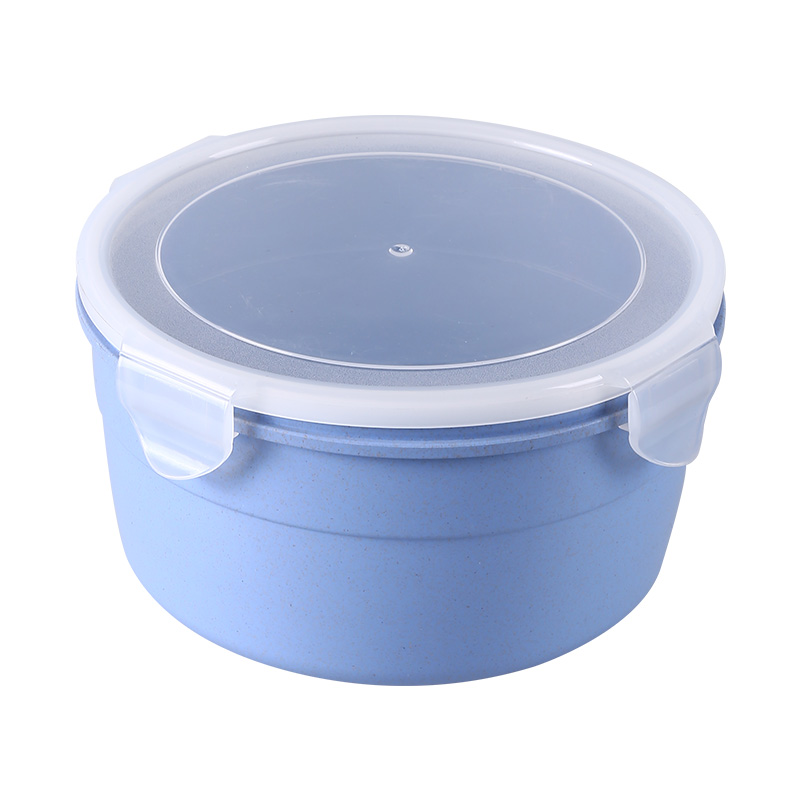
Mini Round Food Preservation Box
-
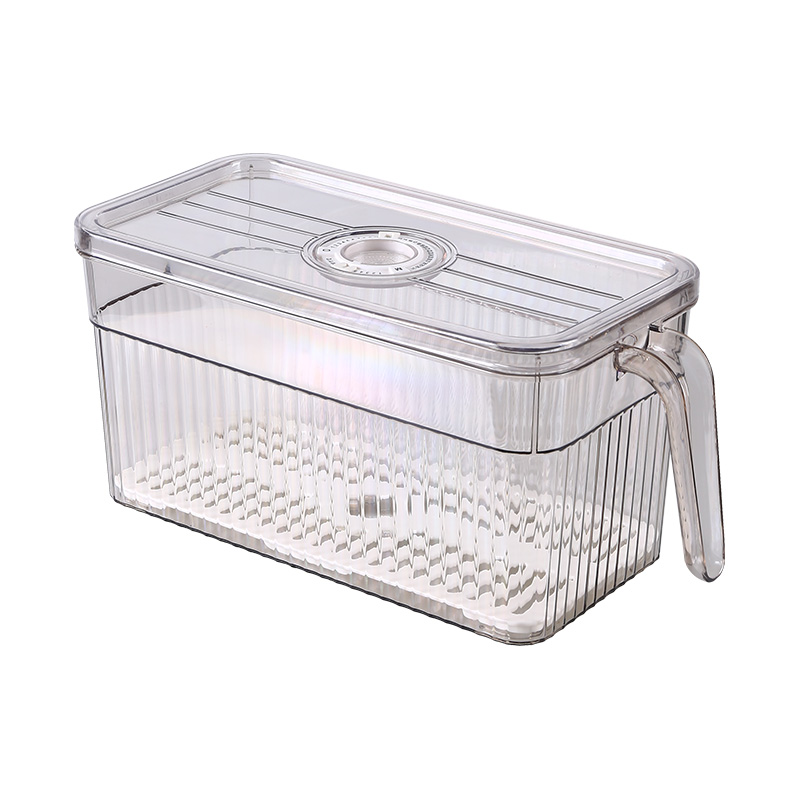
Refrigerator Storage Box Freezer Handle Storage Container
-
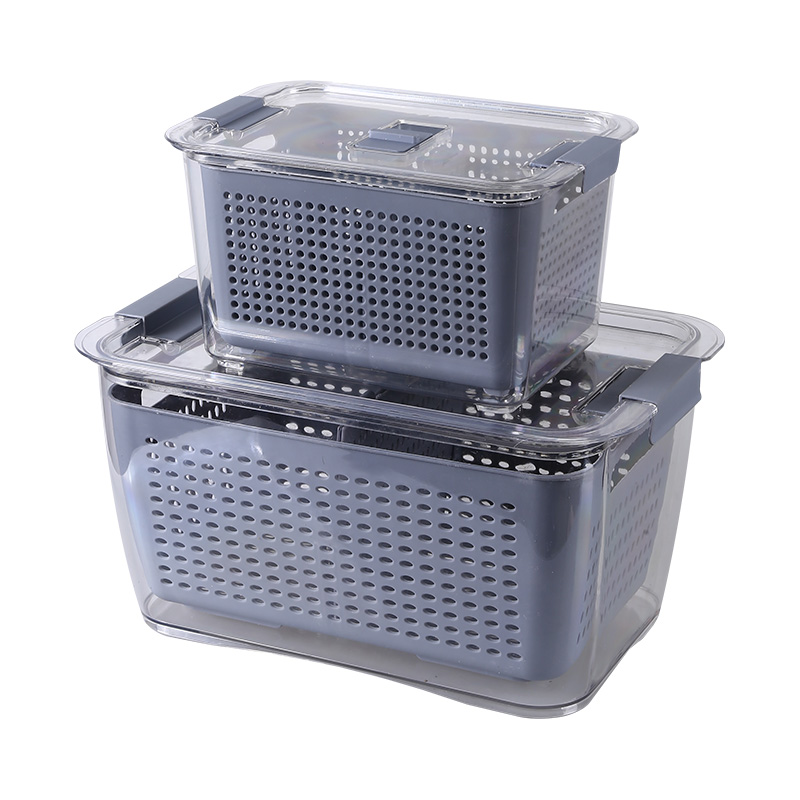
1pc Refrigerator Storage Box With Lid And Drain Basket Fruit Storage Containers Transparent Saver Container Food Organizer Bins
-

Food Storage Large Capacity Fresh-Keeping Eco Reusable Box Bento Food Leakproof Container
-
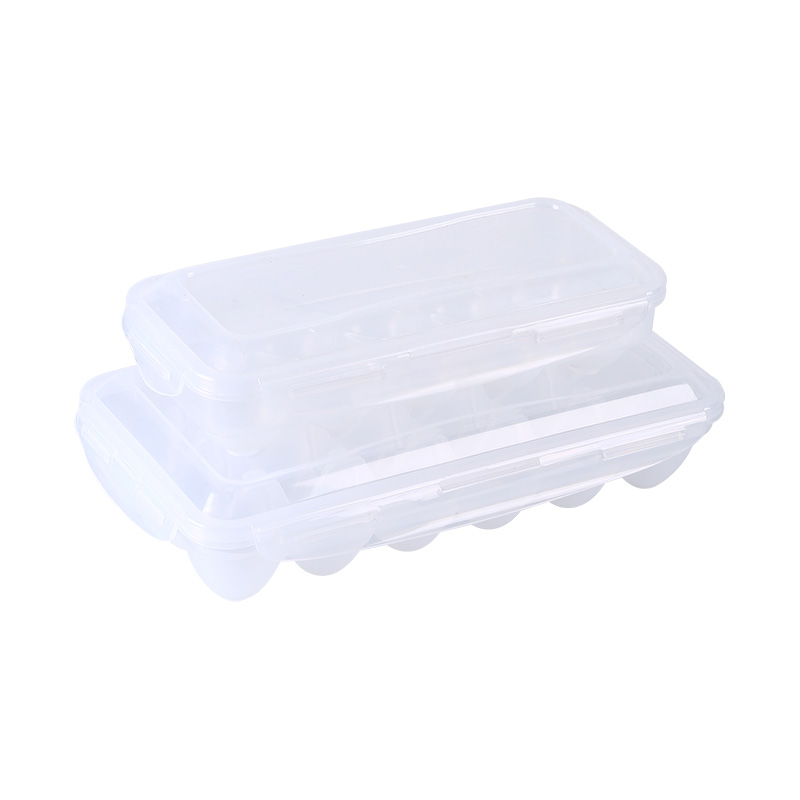
PP Plastic Egg Tray Storage Box
-
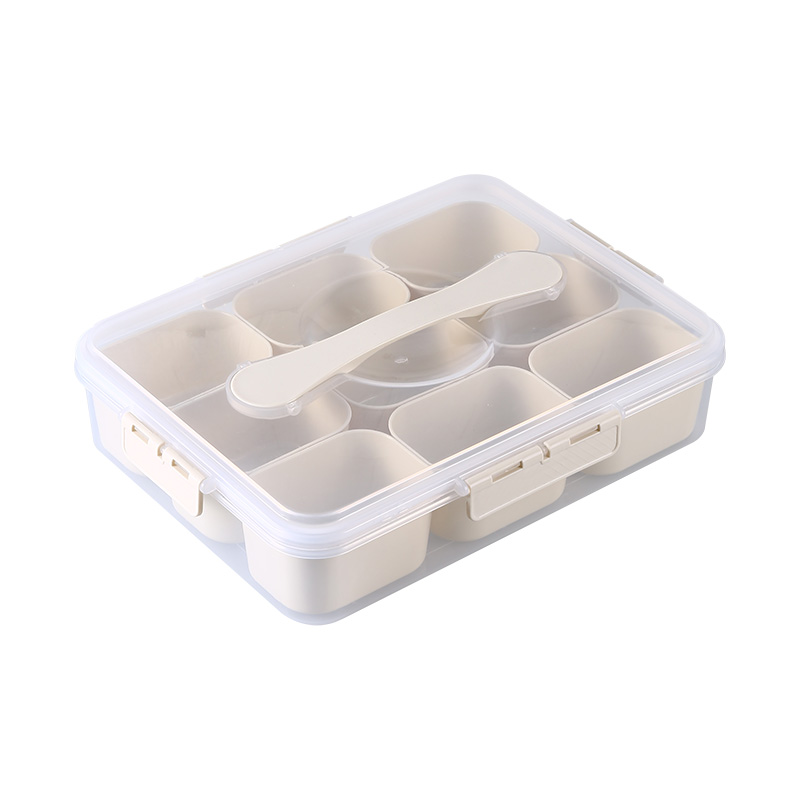
9 Compartment Divided Serving Tray With Lid And Handle Dried Fruit Storage Box
-
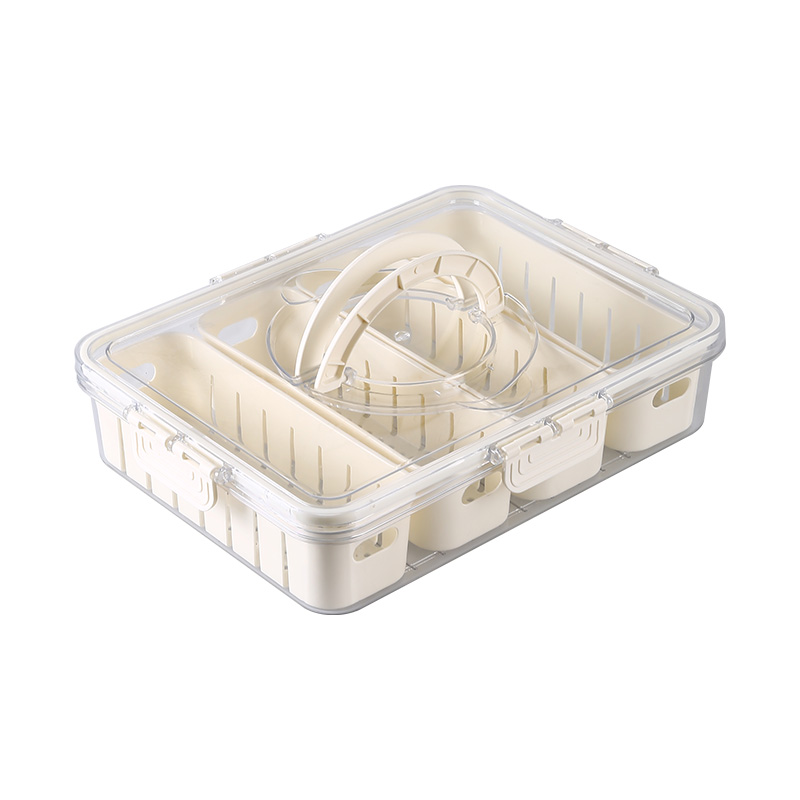
PP Material Handheld Fresh-Keeping Sealed Box Dry Food Classification Storage Box
-
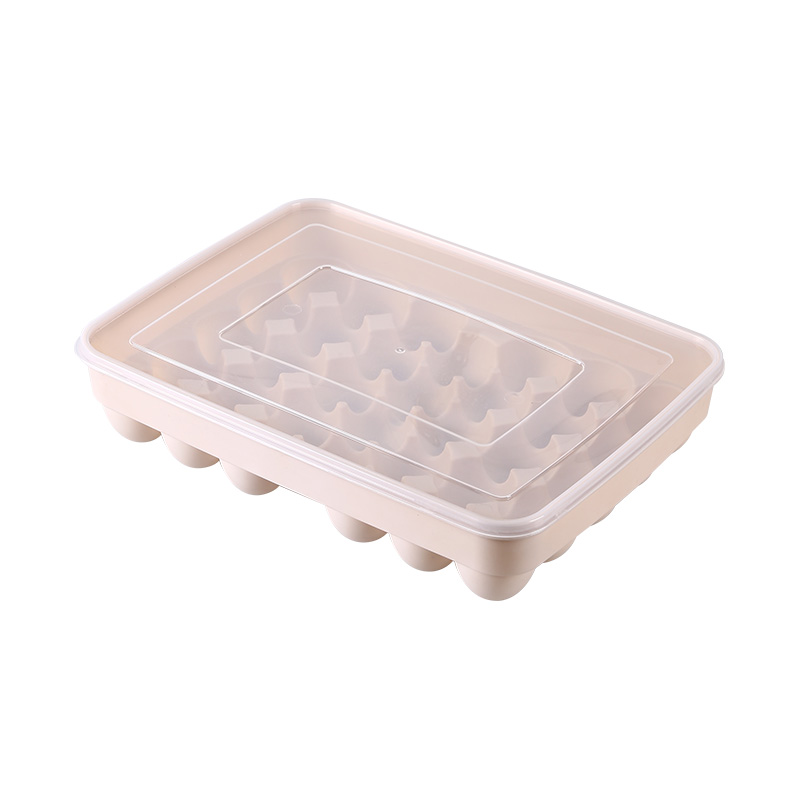
Refrigerator Storage Multi-Grid Egg Box Can Be Stacked With Cover To Food Preservation Box
-
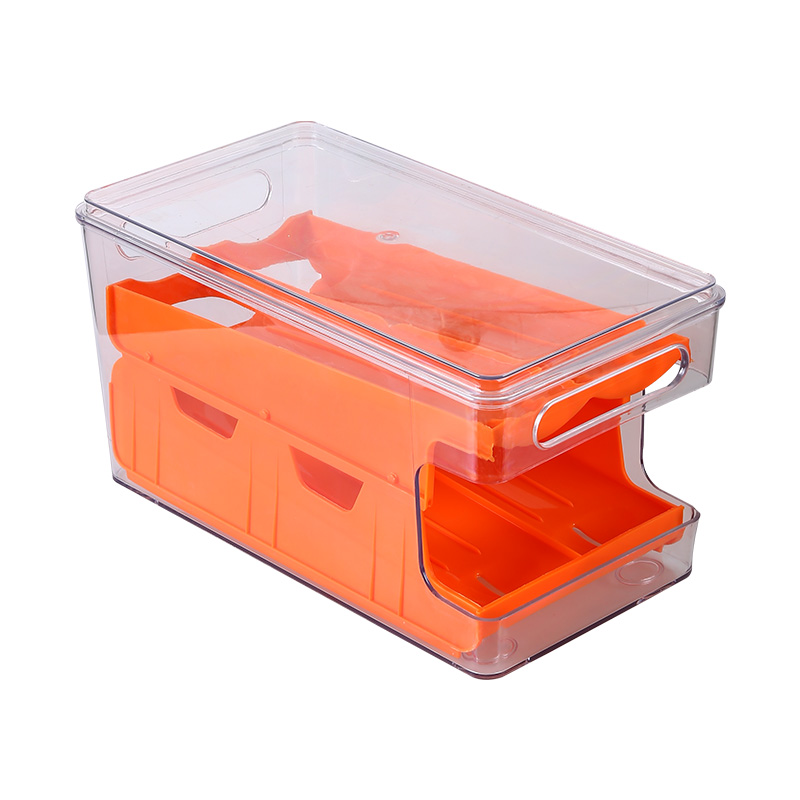
Dual-Layer Transparent Egg Storage Rack Eco-Friendly Slide-Type Household Kitchen
 English
English 中文简体
中文简体 Deutsch
Deutsch


